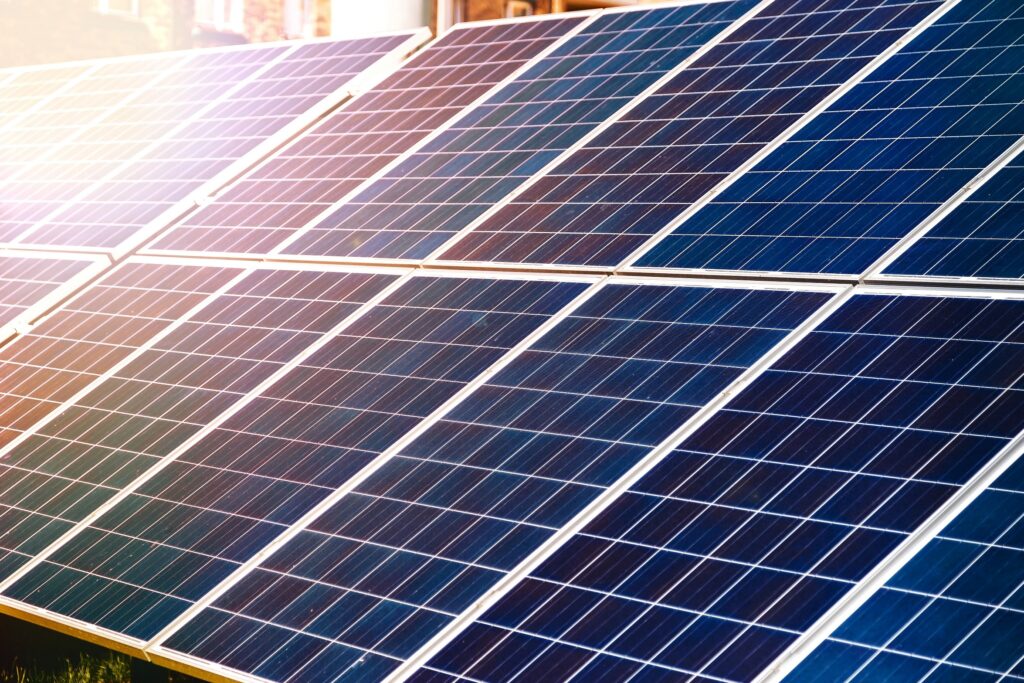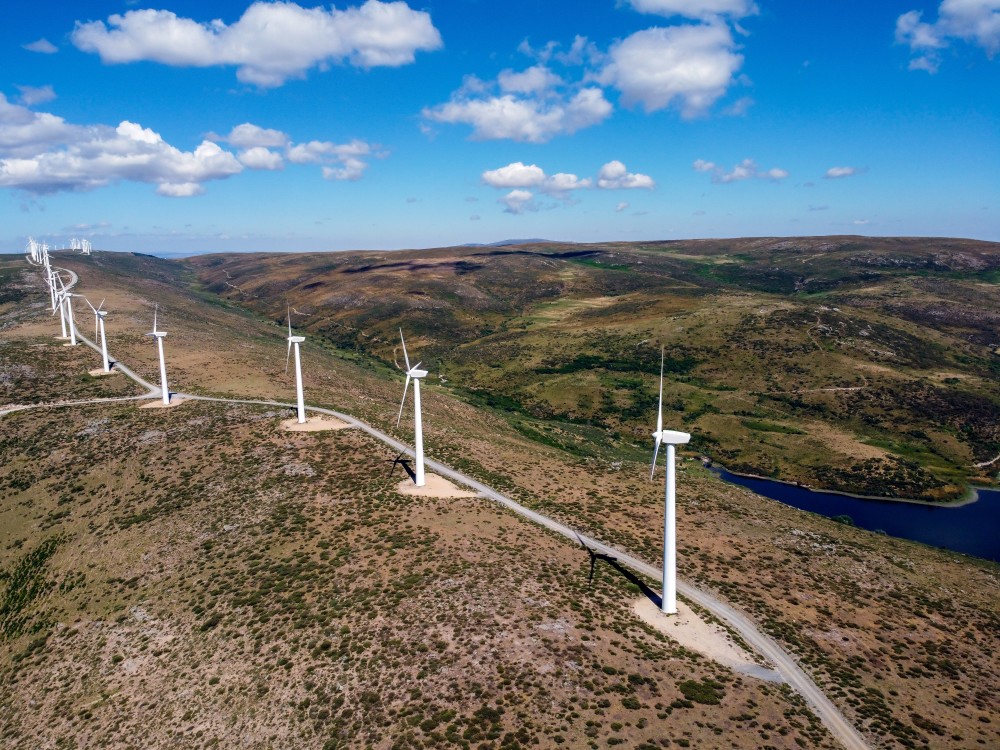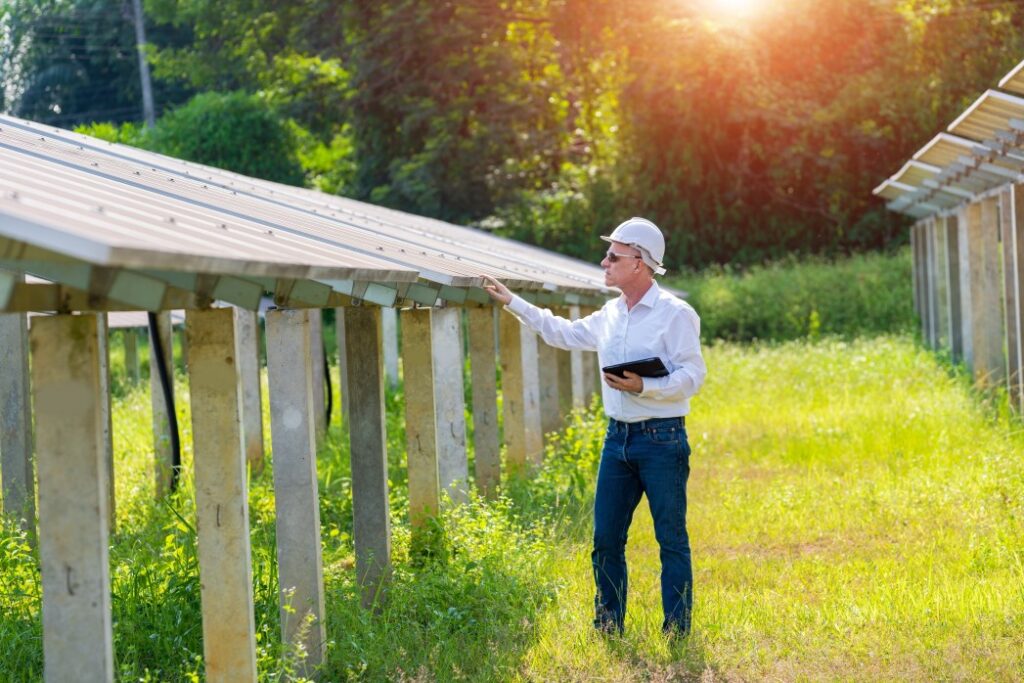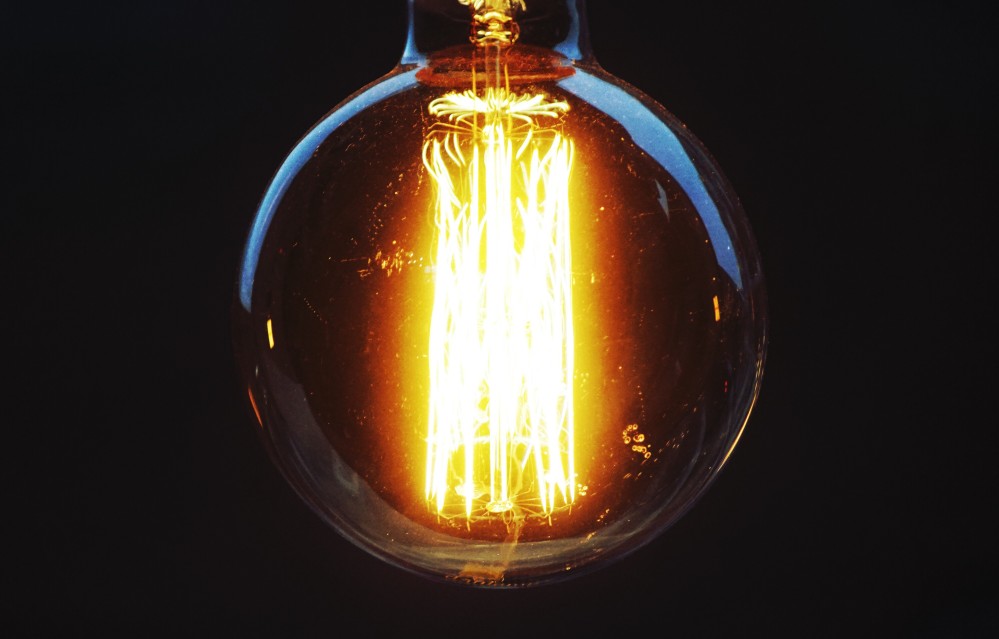Local governments can leverage their resources and work with utilities to achieve the benefits of energy efficiency. By working in partnership with utilities and other local organizations, local governments can take advantage of the unique skills and talents of these organizations. These organizations, in turn, can benefit local communities through increased self-reliance and lowered energy costs.
Investments in energy efficiency create jobs
Energy efficiency investments create jobs in many sectors. For example, construction workers are often required to install energy-efficient measures. They also require materials from other companies, creating additional jobs across the economy. Lastly, workers directly involved in the energy-efficiency process may choose to spend some of their earnings locally.
Energy efficiency investments have the advantage of creating more jobs per dollar than traditional investments in energy infrastructure. In addition, energy efficiency investments create jobs both in the local economy and in global energy markets. Investors often tout the impressive job growth projections that new power generation capacity brings, but the truth is that energy efficiency investments actually create more jobs for every dollar invested.
Investing in energy efficiency can help you reduce your utility bills as well as contribute to the global effort against climate change. It is a proven method to create jobs in an economic sector that requires them. According to the International Energy Agency, improvements in efficiency have led to a reduction in energy consumption and a corresponding increase in GDP. Despite the risks, it is a good investment that creates more employment and a more prosperous country.
Energy efficiency also lowers pollution and reduces water usage, which helps utilities avoid costs associated with additional power generation and transmission infrastructure. These avoided costs can amount to as much as $200 per kilowatt (U.S.). Energy efficiency is also one of the most cost-effective resources utilities have to reduce their costs. Investments in energy efficiency can also help stabilize electricity prices and hedge against volatile fuel prices.
Carbon emissions can be reduced by investing in energy efficiency. These investments should be accompanied with improvements in infrastructure. Buildings and roads must be upgraded, transmission lines and pipelines need to be improved, and battery charger networks must be enhanced to make electric cars more comfortable. These investments are essential to achieve the climate change goals.
They reduce climate pollution
Energy efficiency is one of the most important tools for reducing climate pollution, and it is not just about saving money. It creates jobs, boosts local spending, and benefits the local economy. It is cheaper than installing new generation and can boost the local economy as well as lower the cost for natural gas and electricity.
Recent initiatives by the Biden-Harris Administration to increase access to clean, local energy resources as well as create good jobs were unveiled by the Administration. The Administration’s new programs, partnerships, and expansions will increase the availability of energy efficiency technology in the United States. They also build on existing programs. Through these new initiatives, the government will unlock additional resources and create more jobs in the clean energy industry. The government also announced the launch of its Justice40 Initiative, which aims to ensure that forty percent of the benefits from federal climate investments go to low-income communities.

In addition to reducing climate pollution, energy efficiency programs will improve community resilience by bringing cost-effective technologies and infrastructure to under-served areas. For instance, communities of color are more likely to suffer from air pollution because of their high energy burden (the portion of the household budget that goes toward energy costs). It is important to increase energy efficiency in order to combat climate change. Traditional power plants emit greenhouse gases into the atmosphere.
Buildings and transportation are a major source of climate pollution, and increasing energy efficiency will help cut emissions in cities and communities. By 2030, 12.6 Gt will be attributed to energy-related emissions from buildings alone. Upgrading existing infrastructure can reduce emissions by up to 5.9 Gt.
The largest energy consumers in municipal operations are the wastewater and municipal water facilities. Therefore, improving the efficiency of these facilities can reduce energy costs and reduce GHG emissions. Likewise, improving energy efficiency in non-government buildings will reduce energy demands and reduce greenhouse gas emissions. The bill also offers incentives to improve the energy efficiency of homes.
Energy efficiency can also help communities improve health. For example, energy efficiency can help residents stay more comfortable and reduce the cost of heating and cooling homes and businesses. Cities and municipalities can implement policies and programs to improve their quality-of-life through local energy efficiency measures.
They increase community self-reliance
The American farmer faces a major energy crisis, with the price of oil hitting an all-time high and electricity costs rising at unimaginable rates. Combined, this squeeze on the farmer’s profit margin is threatening the very existence of many small farms. However, using energy efficiency and biomass on farms can help them become more profitable and resilient, while decreasing their dependency on the utilities.
Local energy efficiency policies can not only save consumers money but also stimulate economic development and create jobs. Local government officials have enormous influence over energy use in their jurisdictions. They can influence transportation investment decisions, workforce growth, and utility services. It is important for communities to make the best use of their energy resources.
They boost the local economy
Local economies can be improved by increasing the efficiency of buildings. These projects can be funded through the Energy Efficiency and Conservation Block Grant program. Local governments can also use their resources to promote energy efficient. This program has been proven to increase the local economy. In addition, it can increase the number of jobs in the community.
Increased energy efficiency reduces greenhouse gas emissions and other pollutants, while saving money for consumers and the grid operator. It also boosts local economies, creating new jobs and increasing local spending. It can also improve the health of local residents and employees. It can also be economically beneficial as it lowers the cost for natural gas production.
Local government budgets include a significant line item for energy costs. Encourage local governments to build energy-efficient buildings in order to reduce energy costs and greenhouse gas emissions. Local governments can also show energy leadership by incorporating energy-efficient criteria in procurement decisions. Although a sustainability office budget might seem large, it is actually relatively small in comparison to the city’s overall budget.



